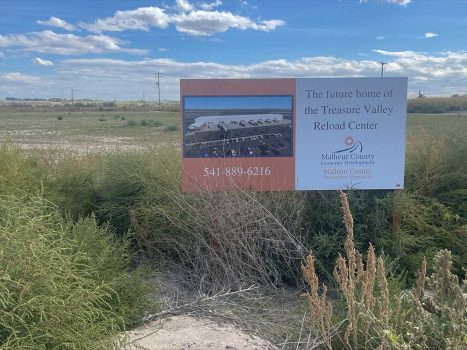Andy Hatch, USDA Deputy Director, and George Webster, USDA Marketing Specialist, touted the ease of E-balloting in a piece that ran in September’s USDA Specialty Crop Newsletter.
The article said, “Input from producers and other industry members has always been the foundation for federal marketing orders and generic research and promotion programs.”
“Receiving completed ballots during voting periods helps AMS determine the path forward in the partnerships we maintain with nearly 40 industry boards, committees, and councils established under federal law,” said Chris Purdy, Deputy Administrator of AMS’s Specialty Crops Program.
The newsletter said, “AMS conducts referenda when creating new marketing orders and research and promotion programs, amending existing ones, and determining whether to keep current programs in place.
“Votes cast show the level of industry support for or opposition to the measure at hand. To continuously increase voter turnout, AMS has employed an electronic balloting option for referendum voting.”
“AMS continues to provide voters with paper ballots to complete and mail back to our office during voting periods,” said Michelle Sharrow, Director of the Specialty Crops Program’s Market Development Division, which conducts nearly a half dozen referenda each year. “Voters also have the option to submit an e-ballot which helps streamline the voting process.”
The newsletter added, “AMS began providing the e-ballot option for research and promotion board referenda back in 2017, and in the past year has been used for marketing orders. The agency has seen encouraging results by enabling industry members to vote in referenda via their smartphone, tablet, or computer.
“When announcing upcoming votes, AMS publishes a notice in the Federal Register, providing details on the purpose of the referendum, the dates by which voters need to return completed ballots, and whether voters can choose to submit paper ballots or use the e-ballot option. Instructions accompanying the paper ballot that all voters of record receive provide additional details on how to cast their ballots electronically. Completing the ballot is as simple as confirming the accuracy of information sent to the respondent, voting on whether they favor continuing the program, and then electronically signing the ballot.
All responses are immediate. AMS downloads the responses after the voting period for review and tabulation.
“Security settings are also available to ensure that each eligible respondent votes once and that no votes are received before or after the voting period.
“Industry members have received This e-balloting system positively, and AMS looks to continue optimizing the referenda voting process.”


